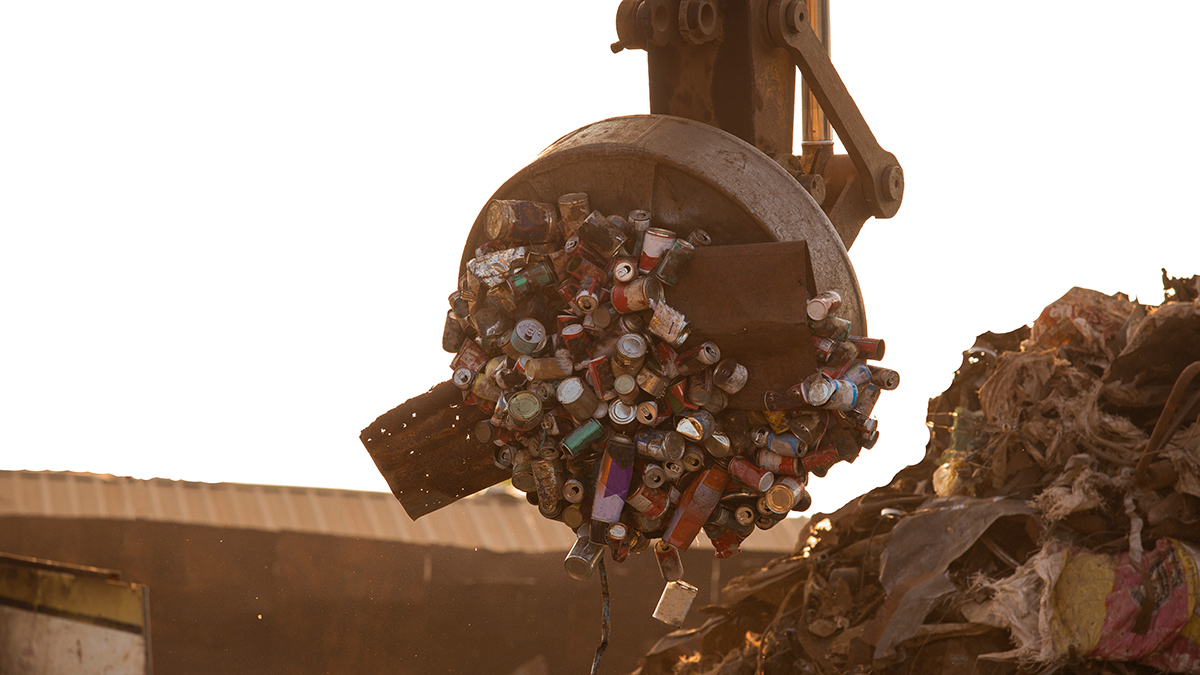feature
Student Uncertainty as a Pedagogical Resource (SUPeR)
Using the SUPeR Approach to Investigate Electromagnetic Force
Science Scope—Fall 2023 (Volume 46, Issue 7)
By Jamie Rapkiewcz, Jongchan Park, Ying-Chih Chen, and Michelle E. Jordan

As suggested in A Framework for K–12 Science Education (National Research Council 2012), “Scientific knowledge is a particular kind of knowledge with its own sources, justifications, ways of dealing with uncertainties . . . and agreed-on levels of certainty” (p. 251). That is, whenever scientists develop scientific knowledge, they must wrestle with a certain degree of uncertainty stemming from multiple sources, such as insufficient information, ambiguous experiment results, and incoherent or conflicting data patterns (Chen and Qiao 2019; Park et al. 2022). It follows that for students, learning science should involve coming to understand the nature of scientific knowledge and its development through opportunities to struggle with uncertainties (Chen 2022; Falk and Brodsky 2013). Such opportunities are best generated through engagement in science practices during project-based learning (PBL) because PBL requires students to identify a problem through a target phenomenon, seek coherent understandings or solutions, and apply the new understanding to complete the project. All these processes entail the navigation of scientific uncertainties.
Instructional Materials Pedagogy Teacher Preparation Teaching Strategies Middle School


